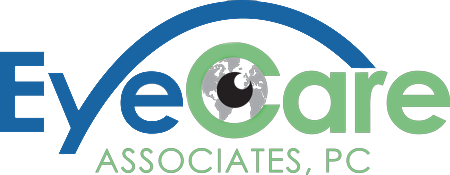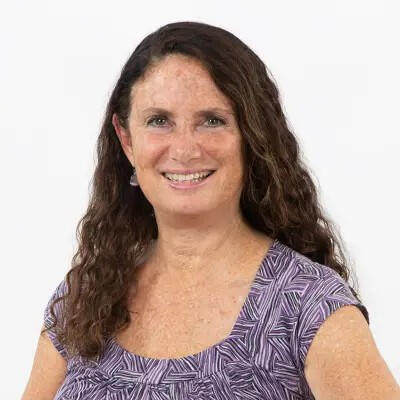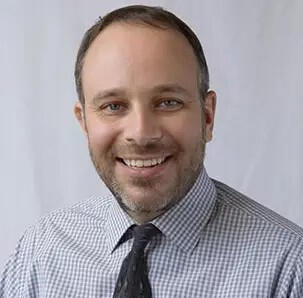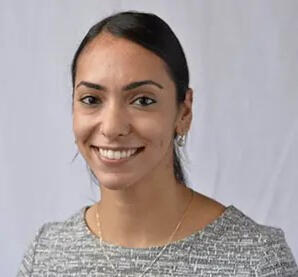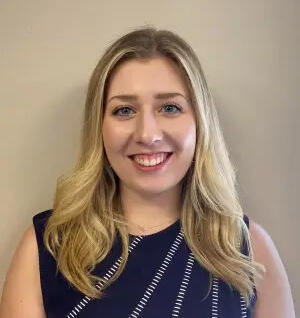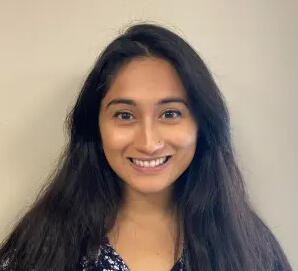Can we slow, stop or reverse your myopia?
We need your help to see if we can by using a non-invasive, scientifically based approach. By 2050, it is estimated that 1 in 2 people on the planet will have myopia (also known as near sightedness). The study approach is informed by a growing body of research on the role of ON pathways in human vision and the impact of weak ON pathways in myopic individuals. We are recruiting myopic children and adult study participants in Fairfield County, Connecticut. Review study FAQs, share your interest in participating or listen to Dr. Schulman's, lead investigator and owner of EyeCare Associates (ECA) using the buttons below.
Myopia Study FAQs
What is Myopia? (also known as Near Sightedness)
Myopia is a vision condition in which people can see close objects clearly, but objects farther away appear blurred. There are risks associated with myopia progression, such as retinal detachments, myopia macular degeneration and cataracts.
What is the Purpose of the Study?
The purpose of the study is to slow, stop or reverse myopia progression in children and adults as measured by eye axial length and auto-refraction.
Who Is Eligible To Participate?
High level eligibility criteria include:
- Between the ages of 8-12 (child) or 18-44 (adult) and be in good general health
- Use regular glasses or contact lenses
- Have myopia between -1D and -4D and astigmatism of <=1D
- Have no previous use or current plans to start a myopia control program in the next 6 months.
Common myopia control programs include: Atroprine, Orthokeratology, MiSoft Contact Lenses, specialty glasses (e.g., HAL, DIMS, DOT, prismatic bifocals, PALS)
- Additional eligibility requirements will be reviewed with a study team member.
What Are the Costs to Participate?
Qualified participants who enroll will receive study-related treatment, tests and assessments at no cost.
What will I be required to do if I join the study?
Participation consists of three phases:
Screening - to determine eligibility and agreement to participate
Treatment - In office treatment which includes vision therapy, building healthier visual habits indoors and outdoors and completing tests/assessments
Monitoring - periodic tests/assessments and brief lifestyle questionnaire
How Long Does Study Participation Last?
• Weekly 30 min. office visits for 16-18 weeks
• 2 visits over 18 months for adults and 4 visits for children for monitoringWhere are the study locations in Fairfield County, Connecticut?
Southport (primary site), Norwalk and Trumbull.What is the Scientific Rationale for the Treatment Program?
The study approach is informed by a growing body of research on the role of ON pathways in human vision. Recent studies demonstrate weak ON visual pathways in myopic individuals cause deficits in pupil constriction, image-retina stabilization and contrast sensitivity which may then increase myopia in affected individuals. Recent studies also demonstrate that bright surfaces, self motion, visual stimulation and the ability to take in sharp images at distance stimulate ON visual pathways. The treatment program aims to change the visual diet and habits of study participants to see if myopia can be slowed, stopped or reversed in treated individuals. Please scroll down for a select list of scientific references.
Scientific References - Highlights Only
A complete list of scientific references are available from one of our team members.
Holden BA, Fricke TR, Wilson DA, Jong M, Naidoo KS, Sankaridurg P, Wong TY, Naduvilath TJ, Resnikoff S. Global Prevalence of Myopia and High Myopia and Temporal Trends from 2000 through 2050. Ophthalmology, 2016
MayJin J, Wang Y, Lashgari R, Swadlow HA, Alonso JM (2011) Faster thalamocortical processing for dark than light visual targets. Journal of Neurosciece 31:17471-17479.
Komban SJ, Kremkow J, Jin J, Wang Y, Lashgari R, Li X, Zaidi Q, Alonso JM (2014) Neuronal and perceptual differences in the temporal processing of darks and lights. Neuron 82:224-234.
Kremkow J, Jin J, Komban SJ, Wang Y, Lashgari R, Li X, Jansen M, Zaidi Q, Alonso JM (2014) Neuronal nonlinearity explains greater visual spatial resolution for darks than lights. Proceedings of the National Academy of Sciences (PNAS) U S A 111:3170-3175.
Luo-Li G, Mazade R, Zaidi Q, Alonso JM, Freeman AW (2018) Motion changes response balance between ON and OFF visual pathways. Communications Biology 1:60.
Mazade R, Jin J, Pons C, Alonso JM (2019) Functional Specialization of ON and OFF Cortical Pathways for Global-Slow and Local-Fast Vision. Cell Reports 27:2881-2894.
Mazade R, Jin J, Rahimi-Nasrabadi H, Najafian S, Pons C, Alonso JM (2022) Cortical mechanisms of visual brightness. Cell Reports 40:111438.
Pons C, Jin J, Mazade R, Dul M, Zaidi Q, Alonso JM (2019) Amblyopia Affects the ON Visual Pathway More than the OFF. Journal of Neuroscience 39:6276-6290.
Pons C, Mazade R, Jin J, Dul MW, Zaidi Q, Alonso JM (2017) Neuronal mechanisms underlying differences in spatial resolution between darks and lights in human vision. Journal of Vision 17:5.
Poudel, Nasrabadi, Jin, Dellostritto, Dul, Viswanathan, Alonso, Contrast in ON-OFF pathway in human myopia, Journal of Neuroscience, November 2023
Poudel, Nasrabadi, Jin, Najafian, Alonso (2023) Differences in visual stimulation between reading and walking and implications for myopia development, Journal of Vision 23
Rahimi-Nasrabadi H, Jin J, Mazade R, Pons C, Najafian S, Alonso JM (2021) Image luminance changes contrast sensitivity in visual cortex. Cell Reports 34:108692.
Dr. Randy Schulman, M.S., O.D., F.C.O.V.D., F.C.S.O.
Primary Clinical Investigator & Owner of EyeCare Associates (ECA) (1 minute)
The Clinical Team
Our practice is committed to bringing the latest in developmental optometry, eye disease, and ocular health management, as well as a natural/holistic approach to eye care so each patient receives the care they deserve for their best vision possible. Dr. Randy Schulman and our other practitioners are published authors and speakers and are committed to excellence and ongoing clinical research in the field of Optometry.
www.ctnyeyecare.com
Office: 203-255-4005 | Email: team@myopiastudyeca.com | 2600 Post Road, Southport, CT 06890
We have CT offices in Southport, Norwalk, Trumbull, Stamford and NY offices in Mohopac and Kisco.
Approved by Sterling IRB, IRB ID: 11655
